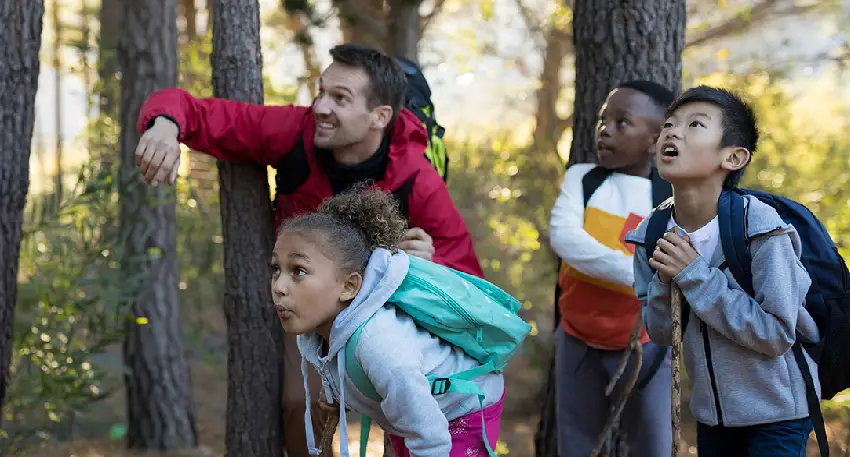Outdoor education is an innovative approach to learning that takes the classroom outdoors, making nature not just a backdrop but an active participant in the educational process. This method of teaching provides a refreshing change from the traditional classroom setting and offers a plethora of benefits for students of all ages. Here’s a closer look at the benefits, activities, and tips for maximizing the potential of outdoor education.
1. Benefits of Outdoor Education
Outdoor education has a multitude of benefits that contribute to the overall development of students:
- Enhanced Physical Health: Regular exposure to outdoor activities increases physical fitness and encourages a healthier lifestyle.
- Improved Mental Well-being: Nature has a calming effect on the mind, reducing stress and anxiety levels.
- Boosted Engagement and Motivation: The novel and dynamic environment of outdoor learning sparks curiosity and enthusiasm among students.
- Development of Social Skills: Group activities in nature foster teamwork, communication, and leadership skills.
- Environmental Awareness: Learning in nature cultivates a deeper appreciation and understanding of the environment, promoting sustainable behaviors.
2. Popular Outdoor Education Activities
Outdoor education can encompass a wide range of activities, each offering unique learning experiences:
- Nature Walks and Hikes: Ideal for teaching about flora, fauna, and ecological systems.
- Gardening and Farming Projects: Teach responsibility and the basics of botany and biology.
- Outdoor Science Experiments: Bring scientific concepts to life in a practical setting.
- Adventure Sports: Activities like kayaking, rock climbing, and orienteering build physical fitness and resilience.
- Art and Writing in Nature: Inspire creativity through the beauty of the natural world.
3. Integrating Outdoor Education into the Curriculum
To successfully integrate outdoor education into your curriculum, consider the following tips:
- Link Activities to Learning Objectives: Ensure that outdoor activities complement and enhance the existing curriculum.
- Safety First: Always prioritize the safety of students with proper planning and risk assessments.
- Embrace Flexibility: Be prepared to adapt your plans according to weather conditions and the needs of your students.
- Involve Students in Planning: Encourage student participation in organizing and deciding outdoor activities.
- Encourage Reflection: Post-activity discussions and reflections deepen the learning experience.
4. Overcoming Challenges
While outdoor education is highly beneficial, it also comes with its set of challenges. Weather can be unpredictable, and not all students may be equally enthusiastic about outdoor activities. Address these challenges by having contingency plans and offering a variety of activities to cater to different interests and abilities.
In conclusion, outdoor education is an enriching approach that brings learning to life. It not only enhances academic understanding but also fosters a love for the outdoors, instills life skills, and promotes overall well-being. By stepping outside the traditional classroom, educators can offer students a broader, more engaging, and holistic education.












